The first of its kind, its results will inform wind energy construction practices in the Atlantic
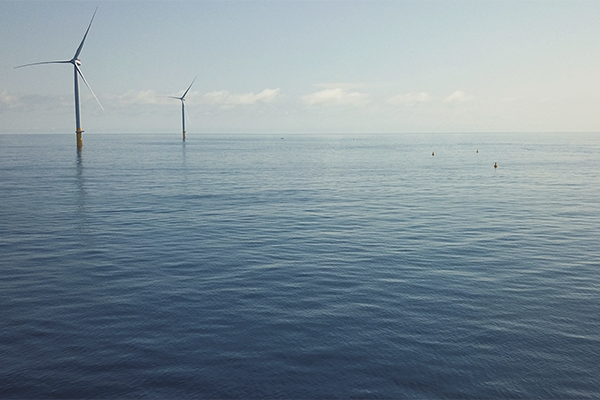
The Nature Conservancy (TNC) and the National Oceanic and Atmospheric Administration (NOAA) will be assisting a first-of-its-kind study investigating fish behavior in response to offshore wind turbine installation and related construction activities in the Atlantic Ocean.
Using fine-scale positioning technology, the study will be conducted at the Coastal Virginia Offshore Wind (CVOW) research site, approximately 27 miles off the coast of Virginia Beach, Virginia. Developed and operated by Dominion Energy, CVOW is the second offshore wind farm operating in the United States with two existing turbines and 176 in the works.
Between now and 2027, TNC marine scientists and acoustics and fisheries experts from NOAA’s Northeast Fisheries Science Center will analyze how local fish populations react to offshore wind development, their responses to construction noise, the value of new vertical structures as fish habitat, and whether substrate areas with buried transmission cables are used or avoided by tagged fish. They will also monitor the ambient soundscape — natural, biological and human sounds — to document changes that occur.
“This research will help fill gaps in our understanding of how offshore wind development interacts with commercial and recreational fisheries, and will broaden our marine soundscapes research,” said Jon Hare, Ph.D., director of the NOAA Northeast Fisheries Science Center. The study results will be made public for environmental impact assessments and management considerations of future offshore wind projects.
While there are only seven operational offshore wind turbines on the U.S. Atlantic coast, many more are planned over the next decade. “More than 3,000 new offshore wind turbines are expected to be installed off the East Coast by 2030,” said Brendan Runde, Ph.D., marine scientist with TNC. “While we need renewable energy, it is also critical that we understand how this development affects marine species. The more we know, the more we can advise on how to avoid or minimize those impacts.”
Researchers will collect various fish species — black sea bass, greater amberjack and summer flounder, to name a few — to record biological information and tag the fish with electronic transmitters before a safe release.
Now that you've reached the end of the article ...
… please consider supporting GSA’s mission to advance responsible seafood practices through education, advocacy and third-party assurances. The Advocate aims to document the evolution of responsible seafood practices and share the expansive knowledge of our vast network of contributors.
By becoming a Global Seafood Alliance member, you’re ensuring that all of the pre-competitive work we do through member benefits, resources and events can continue. Individual membership costs just $50 a year.
Not a GSA member? Join us.
Author
-
Responsible Seafood Advocate
[103,114,111,46,100,111,111,102,97,101,115,108,97,98,111,108,103,64,114,111,116,105,100,101]
Tagged With
Related Posts
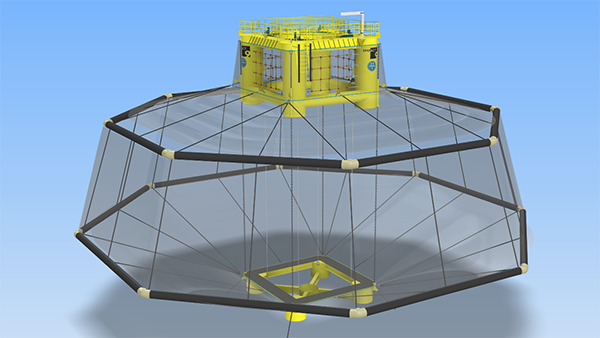
Intelligence
Wind turbine-powered offshore fish farm tech aims to boost salmon production in Scotland
Impact-9 claims its prototype submersible, floating offshore fish farm enclosure, ready for testing, could produce up to 2,500 tons of salmon a year.
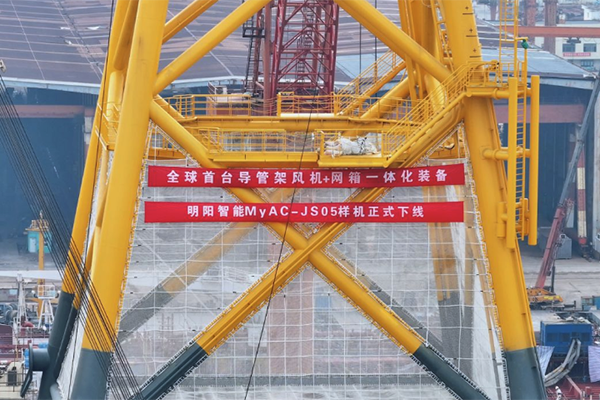
Innovation & Investment
‘Possible, but still far away’: Offshore wind farms and aquaculture may one day go hand-in-hand
Initiatives to unite aquaculture and offshore wind farms are popping up globally but they face technical, cost and environmental challenges.
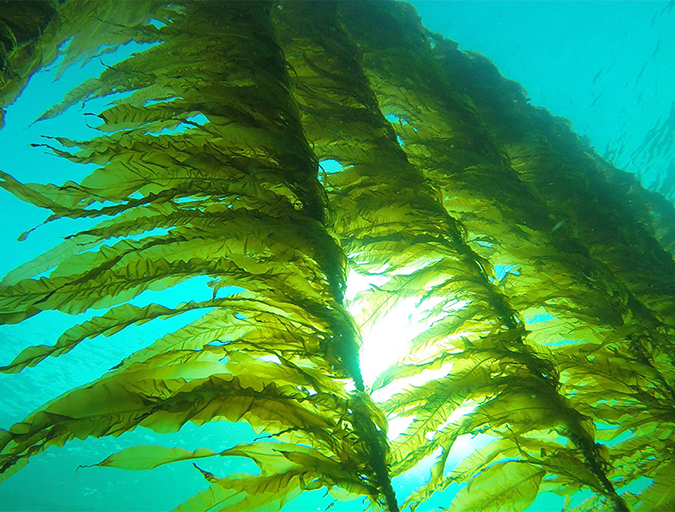
Responsibility
Can aquaculture flourish in a more symbiotic sea?
The 18-month Maribe project has uncovered some promising ideas for promoting growth and jobs within the blue economy. Aquaculture, fingered as one of five key areas for growth, could benefit from collaboration with renewable energies.
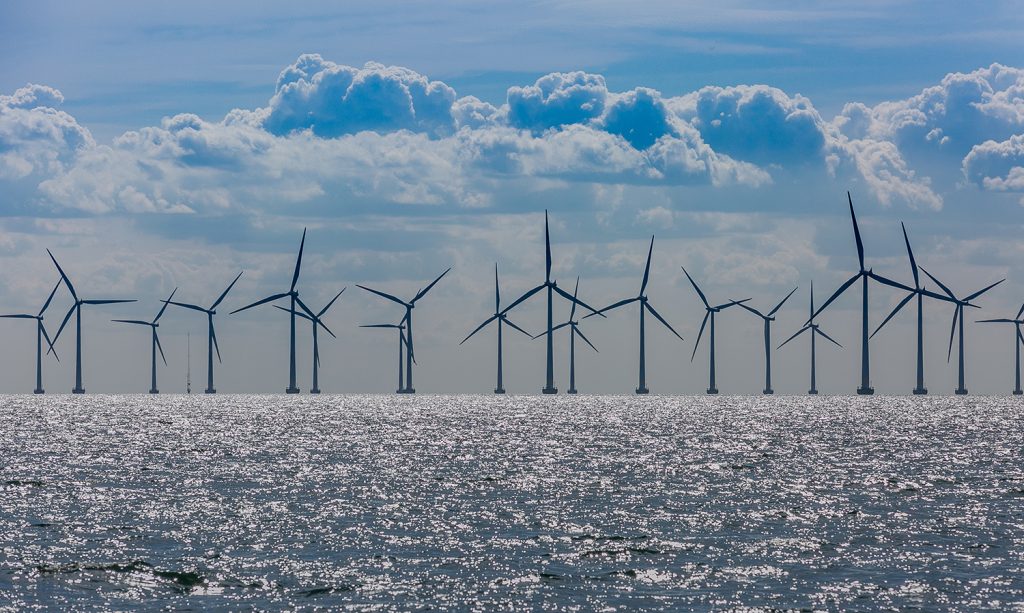
Intelligence
‘No one knows what the risks are,’ say New England fishermen about pending offshore wind farm project
The New England fishing industry is worried that the approval process for a massive offshore wind farm off the coast of Rhode Island is moving too fast.



